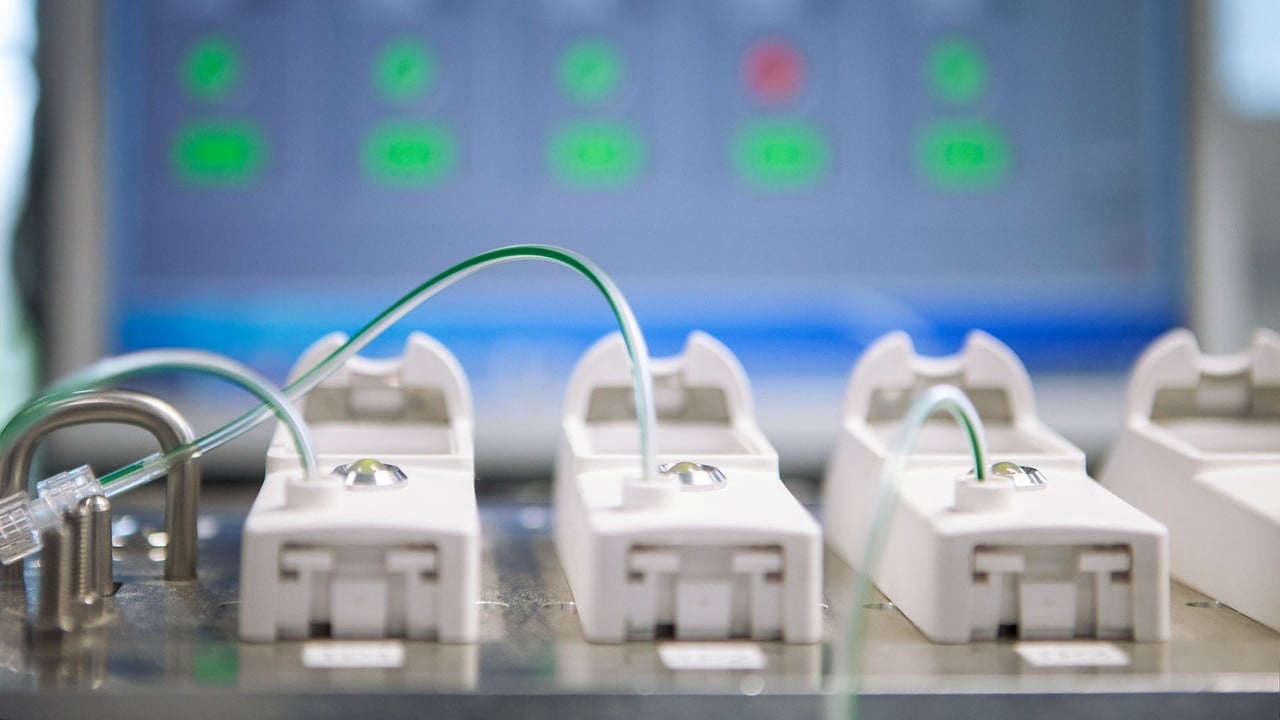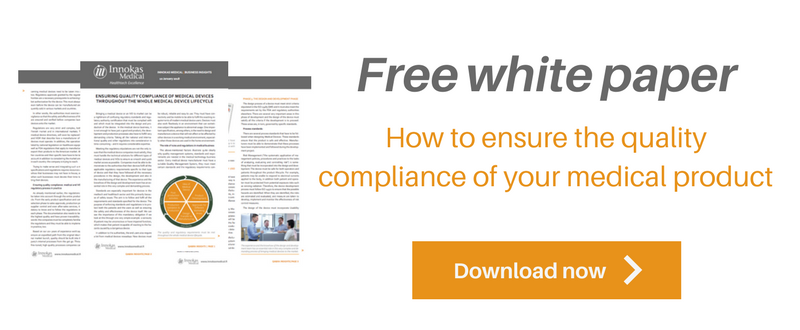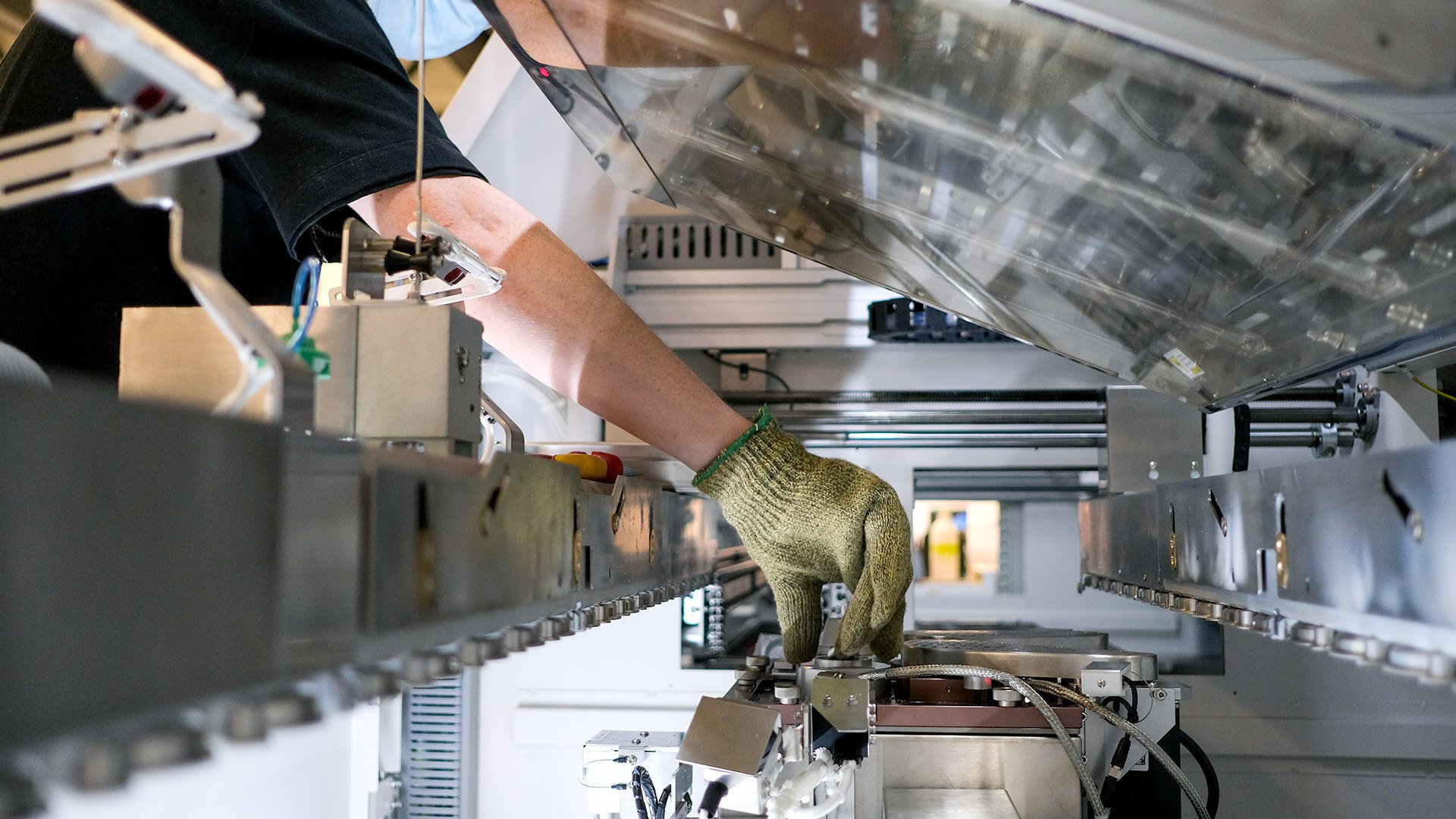The new Medical Device Regulations (2017/745/EU) (MDR), published in May 2017, will replace the existing Medical Devices Directive (93/42/EEC) (MDD) and the Active Implantable Medical Devices Directive (90/385/EEC) (AIMDD). The new rules will apply after a transitional period, which will come to its end on 26th May, 2020. From that date on the new MDR will apply fully.
Due to the changes in the medical device legislation in the EU, there’s a lot of things you need to know as a medical device manufacturer. That’s why we decided to start a blog post series, where we discuss about the new MDR and its effects. This is the first one, and it discusses shortly about WHYs, WHATs and WHENs.
Is the new MDR good or bad thing to us? Decide yourself!
Even if the changes in medical device legislation require a lot of work from the companies, we think the new MDR is actually a good thing. But why?
Firstly, the new Medical Device Regulations contain a series of remarkable improvements to modernize the current regulative system in Europe. It aims to bring the EU legislation in line with the changes in the medical sector – the new legislation is taking more effectively into account, e.g., the developments both in medical science and in technologies in the medical field.
Secondly, the new MDR will also reduce the risks of discrepancies in interpretation across the EU market, because the regulations do not need to be transposed into national law in future. This creates more fair market access for medical device manufacturers. In addition, the new MDR looks to increase the medical device safety as well as patient and clinical safety in the EU, which must always be the priority number 1 in the medical field!
The background – why new MDR?
When stating the reasons behind this change, there are many of them. The main one has been that from time to time, there have been some problems with diverging interpretation of the current Directives in EU. There have also happen some incidents which have damaged the confidence of patients and healthcare professionals in the safety of patients and medical devices.
This kind of problems – both of the above-mentioned ones - should not occur again. Therefore, one main reason for applying the new MDR in EU has been that the safety of all medical devices available in the EU has wanted to be strengthened.
In the big picture, the revision of the legislation was necessary to consolidate the role of the EU as a global leader in the medical sector.
What you need to know – what has actually changed?
When discussing about the actual changes between the current directive and the new MDR, there are many of them, as well. Firstly, the new MDR brings more stringent requirements for the designation of Notified Bodies, with increased control and monitoring by the national competent authorities and the Commission. This means, from the manufacturer’s point of view, longer lead times for audits and certification processes due the limited resources of the new Notified Bodies.
In addition, some devices are re-classified in new MDR and there are tighter controls on high-risk devices, such as implants. Some previously unregulated products are now covered by the regulation, and among them there are certain devices with no intended medical purpose as well. There are some changes for the clinical evaluation also, as the new MDR brings a tighter control for clinical trials, especially for higher risk devices (Class IIb and implantable Class III devices).
The new MDR effects on the information sharing and online sales also. The transparency of information given to consumers is strengthened by a new Unique Device identification system and EUDAMED. The MDR also covers internet sales of medical devices and medical devices used for diagnostic or therapeutic services offered at a distance.
The life-cycle thinking has also took into account more effectively – the new MDR places more emphasis on a life-cycle approach to safety. The requirements for vigilance and market surveillance procedures are now tightened and manufacturers will be obliged to collect data about their performance. The EU countries will coordinate more closely in the field of market surveillance also.
The new MDR brings more responsibility both to QA&RA and to management teams
In practice, it seems that most of the changes affect to the work of the QA and RA personnel, meaning the persons who are responsible for the regulatory compliance, post-market surveillances, internal information sharing and training, assessing impact on products, and so on.
But on the other hand, these changes give more responsibility to the whole management team of a company. This is because the changes might affect on different kind of business decisions - like which products are reasonable to keep in the product portfolio or who is the right partner to do some business with in the future. However, there are also changes that may affect on the ways of working in practice in the design and development as well.
The timing of the new MDR
These new rules will apply after a transitional period, which is 3 years for the Regulation on medical devices. This period will come to its end on 26th May, 2020. From that date on the new MDR will apply fully.
However, some provisions apply earlier (e.g. regarding notified bodies or the Medical Device Coordination Group), some later (e.g. regarding UDI labelling). Article 120 of the Regulation states a number of transitional provisions, and should be referred to for more detail. The new regulation adds new requirements to the existing directives, no requirements have been removed.
How to proceed and what's next?
We think that one critically important thing now is to have a healthy quality management system, and update it with the new requirements. The new MDR highlights especially the importance of medical device risk management and therefore your QMS should have a robust risk management process built into the design and development process as well. Risk, Risk Management or Benefit-Risk is cited over 250 times within the Regulation.
Therefore, in order to ensure more faster market access for your medical device, it is now time to start to implement the new requirements to your QMS. In our future blog posts we will discuss more what all these changes mean in practice and how to proceed. So stay tuned!
Meanwhile, you can get yourself familiarized with that how to ensure the quality compliance during the whole life cycle of the medical device in practice. You can download our White Paper including insights related to that. It shows an illustrated outline of the stages in developing your idea into a worldwide selling product in the medtech/healthtech sector. These phases demonstrate how to ensure compliance to enable medical devices to be placed on the market as smoothly as possible.
Please download your free white paper below!











